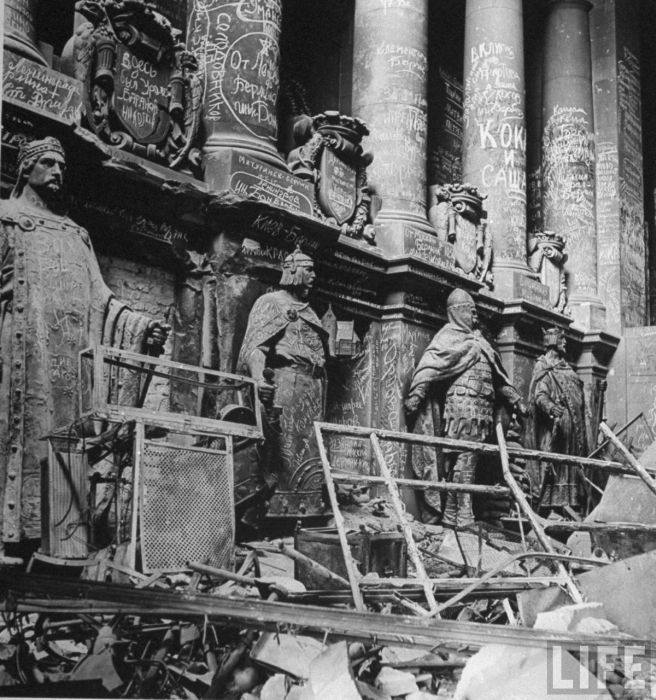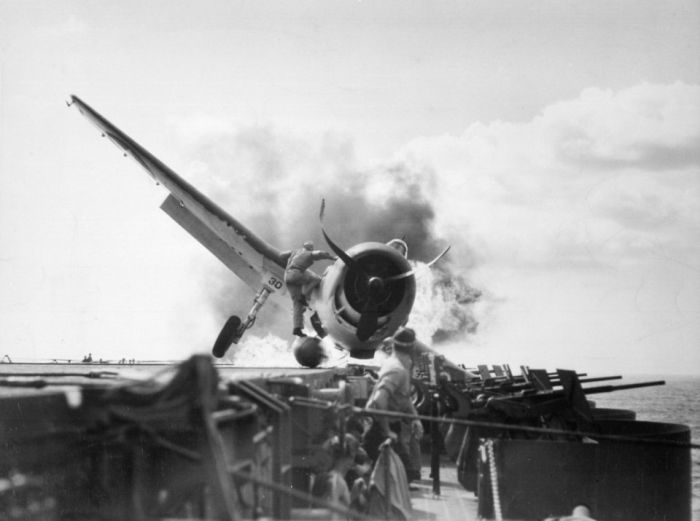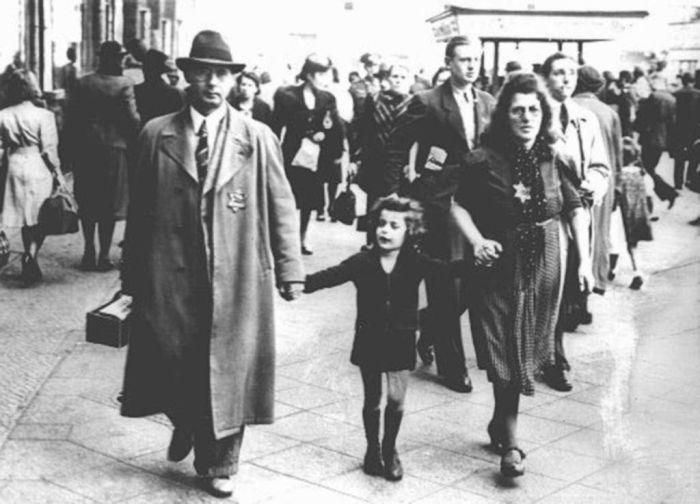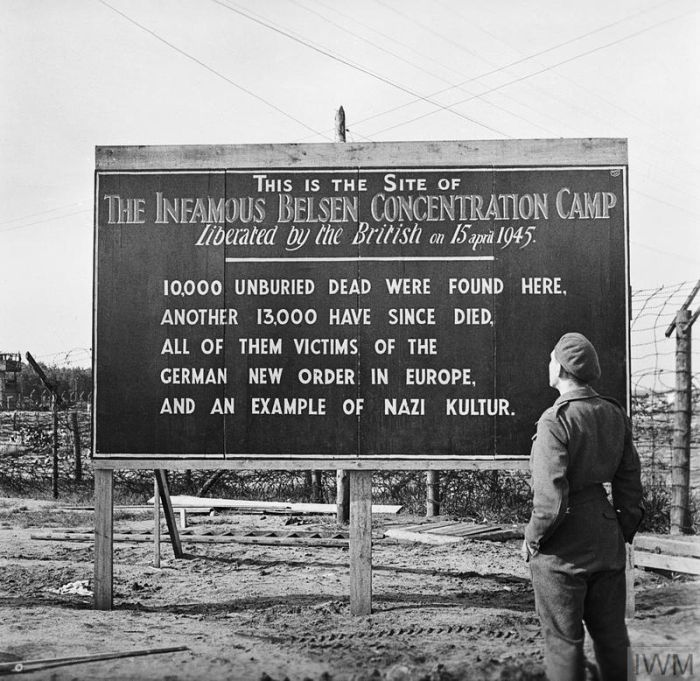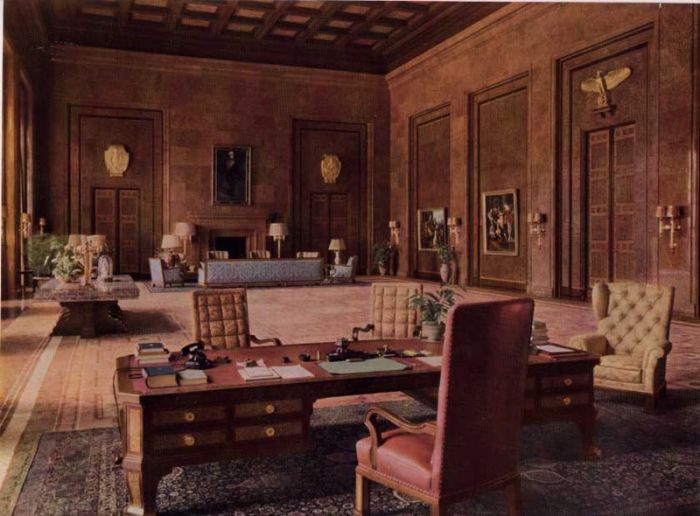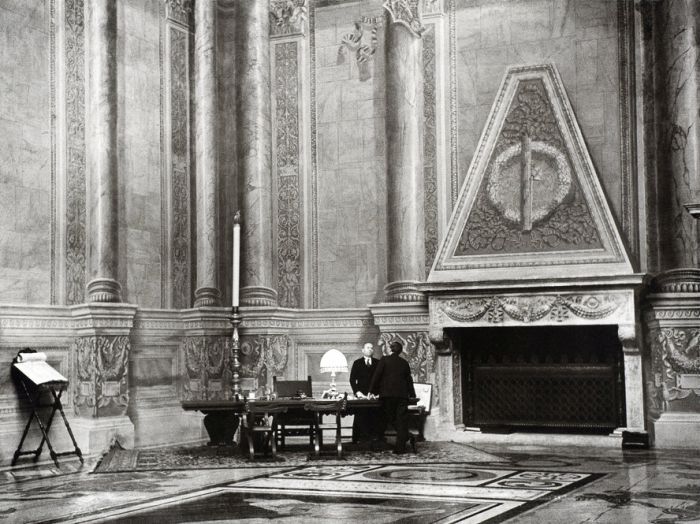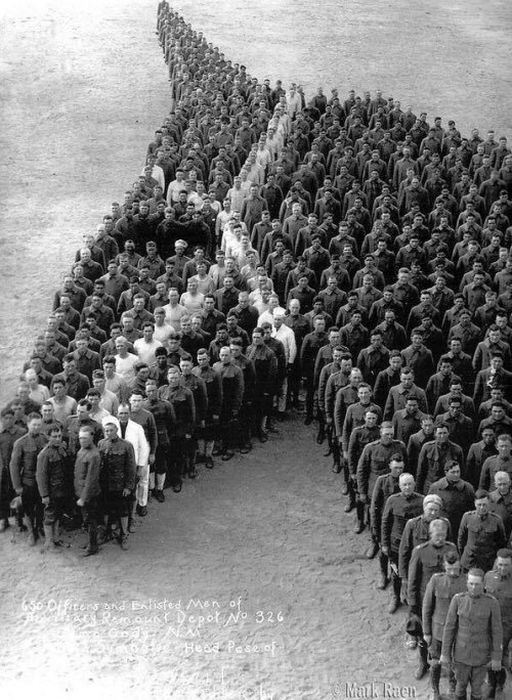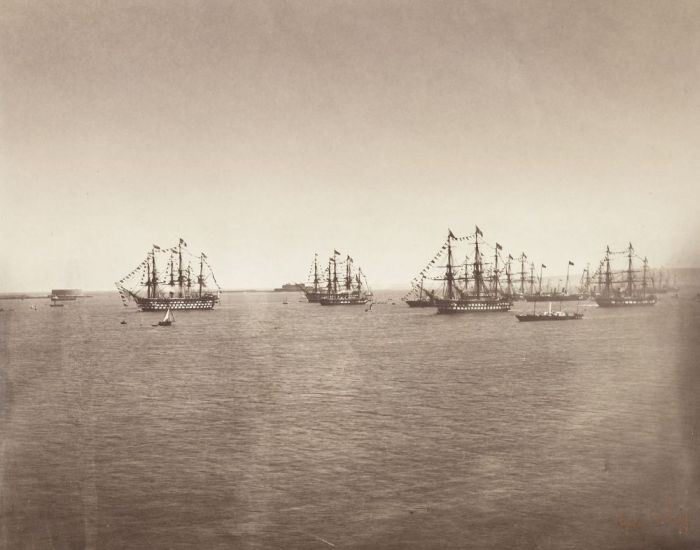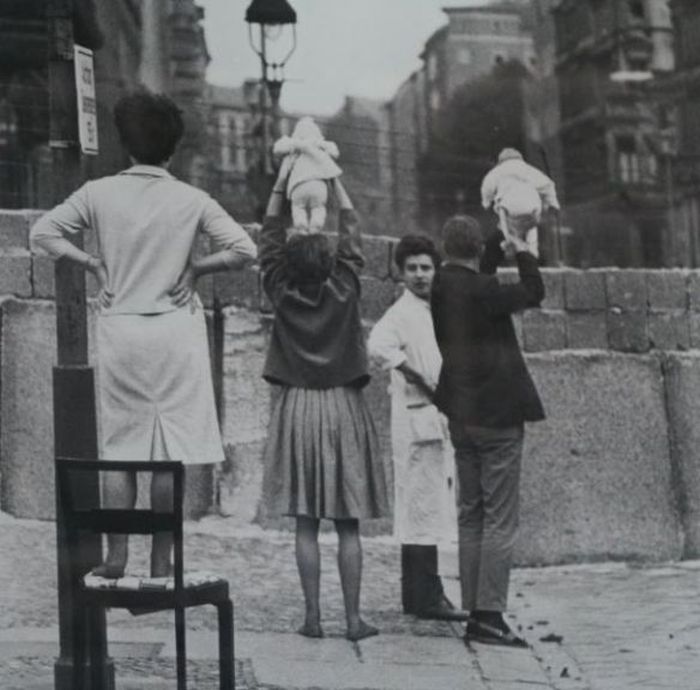Fascinating Pictures That You Definitely Didn't See In History Class (19 pcs)
- Category: Pics |
- 8 Dec, 2016 |
- Views: 6869 |

 |
|
These pictures have an incredible story to tell.
Microsoft founders Bill Gates(13) and Paul Allen(15) connect to a PDP-10 computer at the University of Washington, through a teletype terminal at their Lakeside School in Seattle in 1968. Paul Allen describes meeting Bill Gates at the teletype machine: One day early that fall, I saw a gangly, freckle-faced eighth-grader edging his way into the crowd around the Teletype, all arms and legs and nervous energy. He had a scruffy-preppy look: pullover sweater, tan slacks, enormous saddle shoes. His blond hair went all over the place. You could tell three things about Bill Gates pretty quickly. He was really smart. He was really competitive; he wanted to show you how smart he was. And he was really, really persistent. After that first time, he kept coming back. Many times he and I would be the only ones there. Bill came from a family that was prominent even by Lakeside standards; his father later served as president of the state bar association. I remember the first time I went to Bill’s big house, a block or so above Lake Washington, feeling a little awed. His parents subscribed to Fortune, and Bill read it religiously. One day he showed me the magazine’s special annual issue and asked me, “What do you think it’s like to run a Fortune 500 company?” I said I had no idea. And Bill said, “Maybe we’ll have our own company someday.” He was 13 years old and already a budding entrepreneur. Where I was curious to study everything in sight, Bill would focus on one task at a time with total discipline. You could see it when he programmed—he’d sit with a marker clenched in his mouth, tapping his feet and rocking, impervious to distraction. He had a unique way of typing, sort of a six-finger, sideways scrabble. There’s a famous photograph of Bill and me in the computer room not long after we first met. I’m seated on a hard-back chair at the teleprinter in my dapper green corduroy jacket and turtleneck. Bill is standing to my side in a plaid shirt, his head cocked attentively, eyes trained on the printer as I type. He looks even younger than he actually was. I look like an older brother, which was something Bill didn’t have



